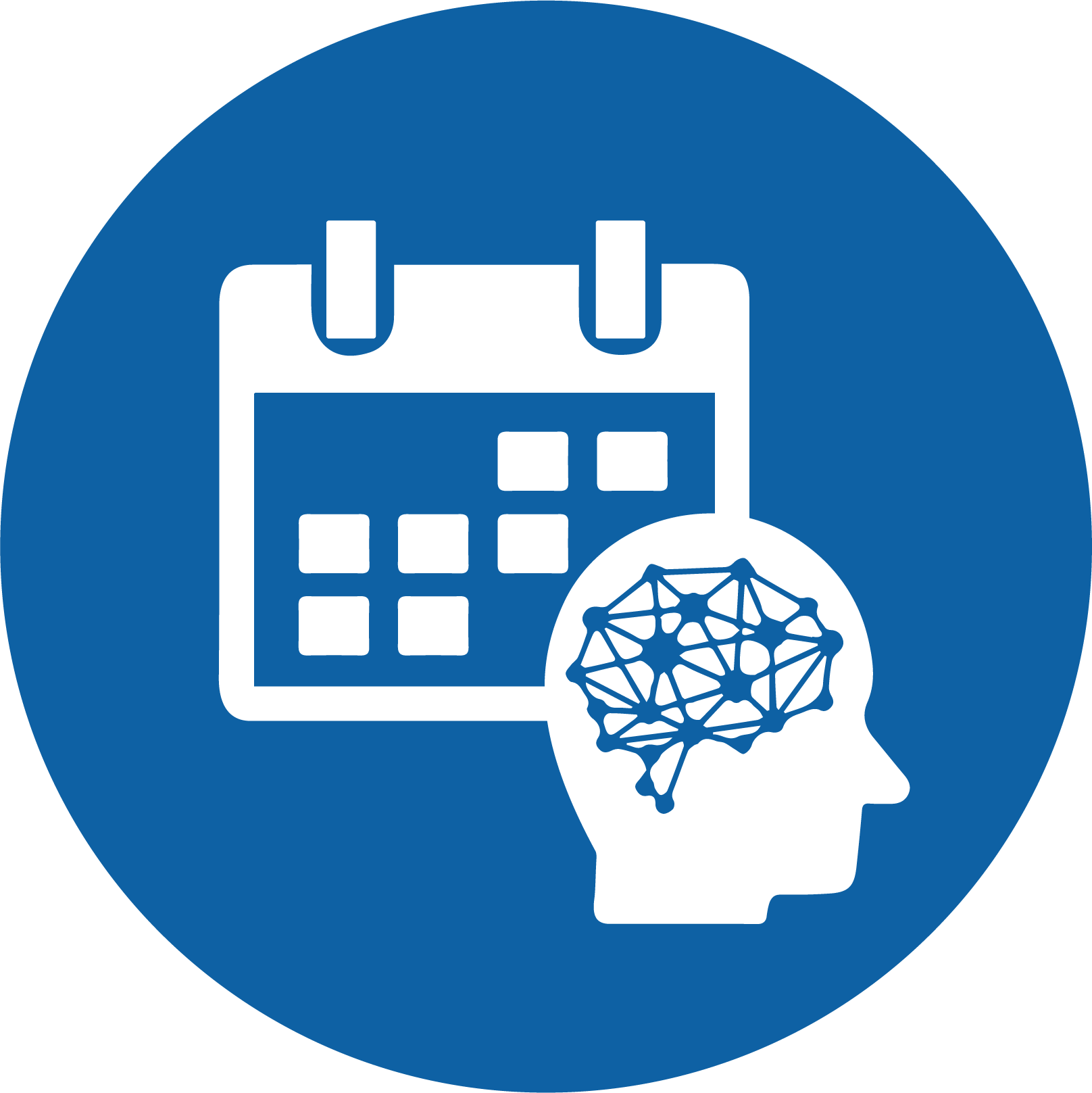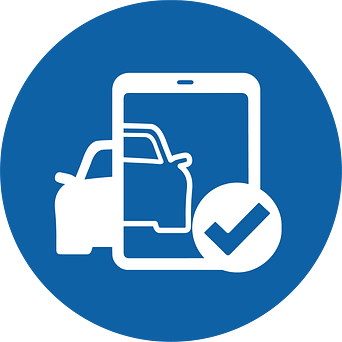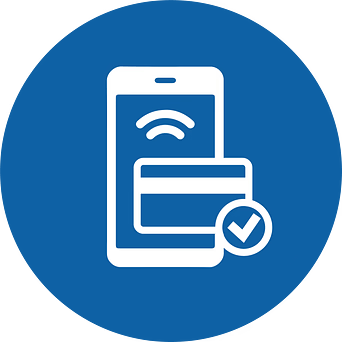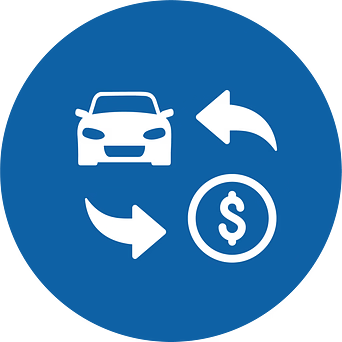Every day, the automotive industry is becoming more and more connected. And onboard telematics, connected via the Internet of Things to manufacturer and consumer devices alike, will be critical to understanding and meeting consumer needs.
Incorporating artificial intelligence, data analytics, and engineering, telematics is empowering stakeholders across the automotive industry. Insurance providers are assessing driver risk by collecting data on driver habits and behavior, resulting in more carefully curated insurance premiums by location and demographic. Long-haul fleet managers are gathering data on fuel use, driver behavior, and vehicle performance to optimize routes, control costs, and increase road safety and driver productivity. In addition, data gathered from telematics and IoT offers dealerships and OEMs key regional and demographic data that informs their marketing strategies and allows them to perform more accurate targeted messaging.
And in the service drive, predictive maintenance technology promises a proactive, reimagined Consumer Experience that alerts vehicle owners for routine maintenance and streamlines consumer communication to its most essential elements.
OEMs are already offering built-in intelligence like GPS, emergency roadside assistance, smart diagnostics, streaming media, real-time weather, travel services, and stolen vehicle tracking. All standard on a car you can drive off the lot today.
We must leverage these developing technologies in a way that enhances the Consumer Experience long after the sale. Imagine a vehicle so smart, it not only recognizes when maintenance is due, but schedules and drives itself to a service appointment while you put in a day at the office. A completely connected, autonomous vehicle that proactively communicates with its owner, manufacturer, and service drive.
The fact is, telematics capabilities will be increasingly integrated into dealer management systems, allowing the vehicle to reach out directly to its owner for upsells and creating a previously non-existent sales channel for service drives. Recent breakdown? Due for new tires? Scheduled maintenance? The vehicle will reach out to the dealership and let the customer know you’re anticipating their needs before they arise.
It’s the kind of proactive service that will pay itself back tenfold when it’s time for that customer to buy a new car.
It’s not as far off as you think. And embracing its arrival may be the difference between status quo customer service and a truly positive experience.
As I’ve stated before, Fixed Ops is the new “Sales,” and the sooner we seek to improve the customer’s experience there, the better our chances of retaining them. Let’s reimagine a Consumer Experience that leverages all of these forward-thinking advancements and empowers our service drives to do better.
Texting is 10 times quicker than phone calls – by the time you make one call to a single customer, texting would have enable an effortless communication with 10 customers.
The essential truth about retaining customers is the way you are able to keep them engaged. As the old saying goes – the best way to grow your customers is not to lose them.
Status Updates Can Improve Customer Satisfaction Rating By 10%
Automated status updates ensure customers are kept informed during the service lifecycle.
Reduce inbound and outbound calling between service writers and customers with real-time status updates via text messaging and email.
Available analytics in real-time provide realistic target date and time on all delivery promises. Customers are able to schedule and plan their day more efficiently.

 Harmony AI
Harmony AI Intelligent Appointments
Intelligent Appointments Tablet Vehicle Check-In
Tablet Vehicle Check-In Digital MPI
Digital MPI UpdatePromise App
UpdatePromise App AI-Driven Status Updates
AI-Driven Status Updates Dashboard Analytics
Dashboard Analytics AutoRepair-Review.com
AutoRepair-Review.com Full Merchant Services
Full Merchant Services Clover & Payment Devices
Clover & Payment Devices Sunbit
Sunbit SmartPath Service
SmartPath Service MONOGRAM Service
MONOGRAM Service Honda
Honda Acura
Acura Genesis
Genesis Audi
Audi Service Lounge Podcast
Service Lounge Podcast All Features
All Features

